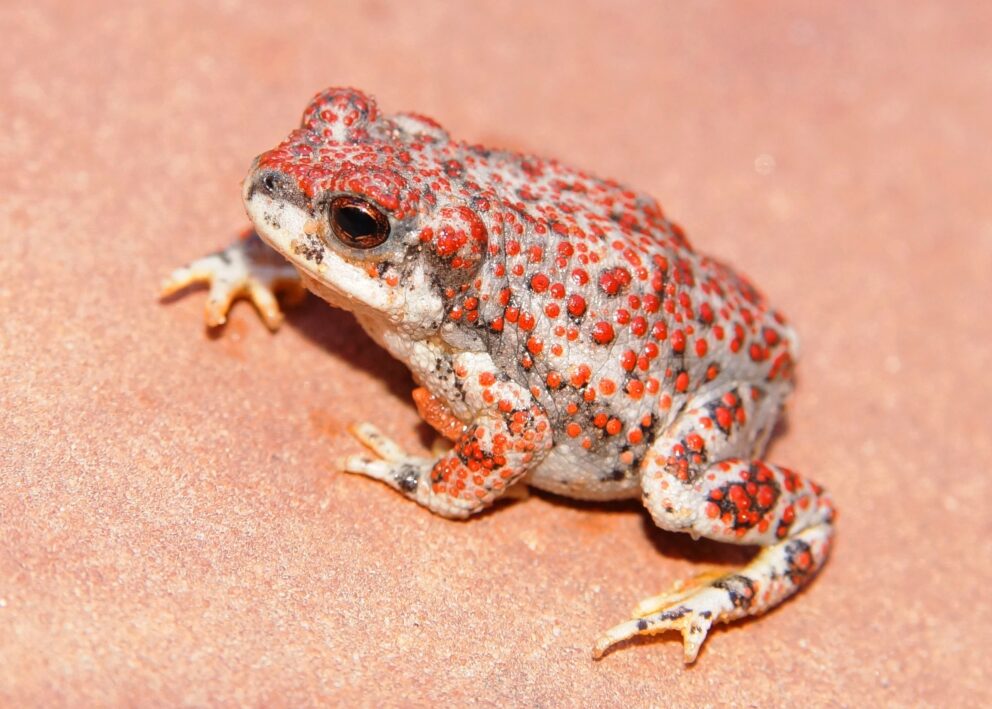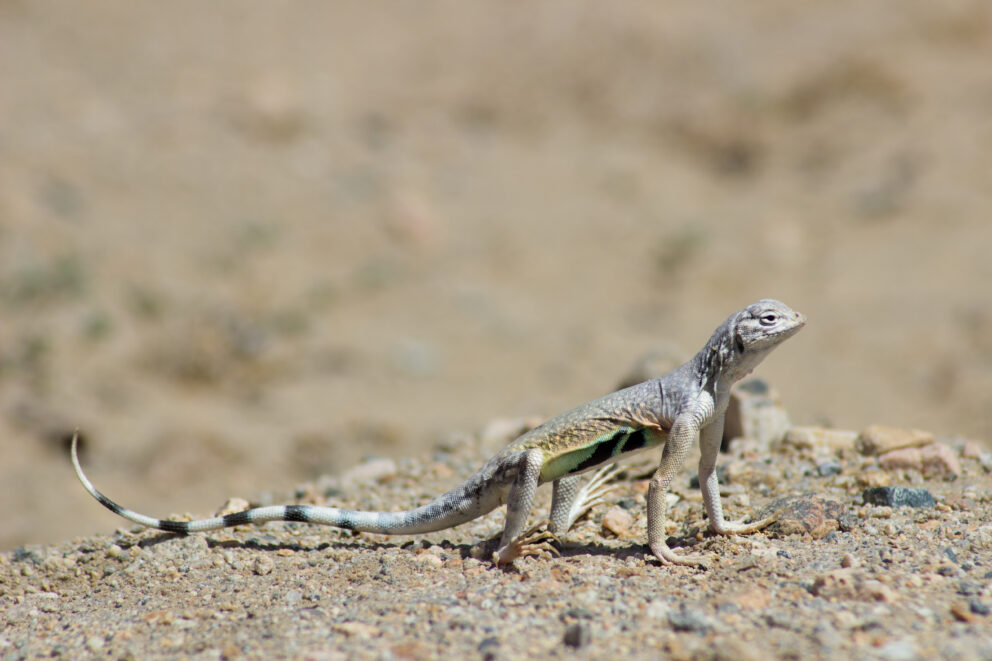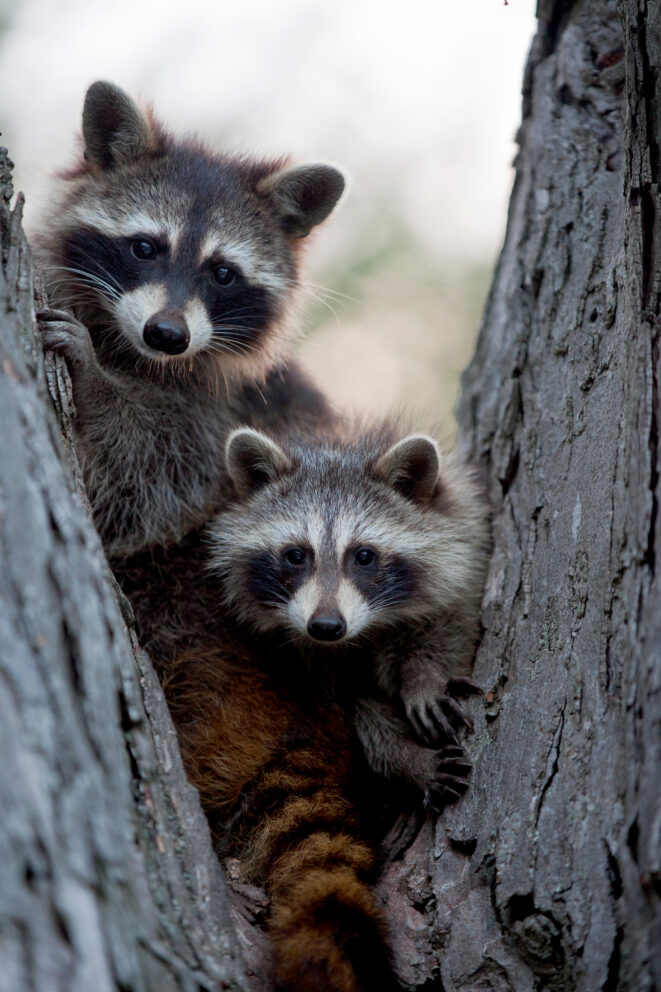- SCIENTIFIC NAME
- Zenaida asiatica
- CLASSIFICATION
- Bird
- LIFE SPAN
- 10-15 Years
- SIZE
- 11-12” | 0.28-0.41lbs
- STATE CONSERVATION STATUS
-
- State Protected
- FEDERAL CONSERVATION STATUS
- Least Concern
- GAME STATUS
- Game
- GAME TYPE
- Upland Game
- Washoe
- Humboldt
- Pershing
- Churchill
- Mineral
- Lyon
- Douglas
- Carson City
- Storey
- Elko
- Lander
- Eureka
- White Pine
- Esmeralda
- Nye
- Lincoln
- Clark
Habitat & Range
White-Winged Doves favor woodlands or desert habitat in the southern U.S., but can also be found in agricultural fields and residential areas throughout their range.
- Agricultural Lands
- Developed Landscapes
- Upland Forests
Threats
- Disease
- Habitat Loss
Natural History
White-winged Doves eat a variety of grain, seeds, and fruit that vary depending on their seasonal availability. Unlike Mourning Doves, they commonly feed above ground level on cactus fruits, berries, and raised birdfeeders. White-winged Doves arrive in their northern breeding grounds in late April, where the female selects a nest site within the male’s territory. They will lay one to two clutches per season before their return south in September.
Fun Facts
To obtain the calcium levels necessary for eggshell and crop milk production, White-winged Doves will supplement their seed-based diet with snail shells and bone fragments from raptor pellets or mammal feces.














